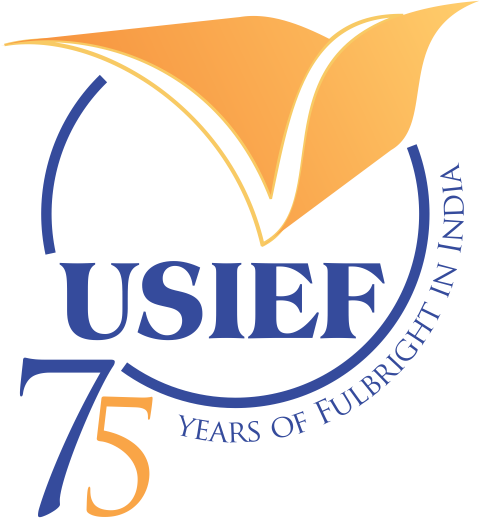Dr. Vasubandhu Misra is a professor of meteorology at Florida State University, where he earned his PhD. He has over 30 years of research experience and 16 years of pedagogical experience. Dr. Misra has authored over 150 peer-reviewed articles and three textbooks: An Introduction to Large-Scale Tropical Meteorology (Springer, 2023); Regionalizing Global Climate Variations: A Study of the Southeastern US Climate (Elsevier, 2020); and Tropical Meteorology: An Introduction (co-author, Springer, 2012). He has worked extensively on tropical climate variability, both from an observational perspective and using numerical climate models. His research work includes: examining land–atmosphere–sea interactions; interactions between discrete temporal scales of climate variability; the role of land cover and land-use change in hydro-meteorological variations; and the low-frequency variation of weather and climate extremes in the tropics.
Dr. Misra’s Fulbright-Nehru project is exploring the low frequency variations of the diurnal variability of the Indian Summer Monsoon from sub-seasonal to interannual and even longer timescales. He is also teaching a graduate-level/senior undergraduate-level course on large-scale tropical meteorology, as well as a course for undergraduate seniors and graduate students based on his textbook on large-scale tropical meteorology.
